Nothing would be remembered and nothing then sung, but on a distant day “beautiful of fates and misfortunes kissed his petrous Ithaca, Odysseus.” From there extended the immense myth of the man of “metis,” of the infinitude of mental machination, of entangling and escaping mortals and spirits, of the greed of knowledge with unheard-of experiences, and finally of the ardor of a landing to a prodigious bed that no other king possessed.
Ulysses is the upheaval of all thought and the yearning for fulfillment.
It all began with a most sweet despoiling of three goddesses for an immortal prize: the golden apple of supreme beauty! So they undressed before the divinely chosen human arbiter: he was the handsome blond Paris, the desirous prince of Ilio. To him Aphrodite whispered a secret promise.
That is why the Forli Exhibition is an inebriating anthology of female nudes, of limbs and veins, of rorid flesh and movements, such as Romagnoli could never enjoy, not even in the twenty years of their benighted countryman. A cosmic Exhibition of human love, always longed for and always tumultuous with anxieties, dangers, clashes and laments. In encounters and conflicts Ulysses confronts and tries, contrives, deceives, deflects and arrives at the puzzling and saving “ubris,” but sometimes he knows how to become an aedo.
This is the premise.
There are two incipits to the Exhibition: one in the unperturbed solemnity of the Dominican basilica where the Olympian gods, the holders of destinies, are arrayed in their awesome majesty: a deployment worth an entire season of archaeological meditation, a grandiose “overture,” fatally prone to the events of Odysseus; the other is the unspeakable figure of the Venus callipigia who stantly turns to gaze at her melodious cluni, mirrored in the limpid waters of the marble labrum that surrounds her. So that the visitor to this immense effort by Gianfranco Brunelli finds a rich preludial viaticum for a path that inexhaustibly leads him to the narrative of the great Homeric poem.
A plot stretched between the kidnapping of Helen by the ecstatic shepherd prince, and the destruction of Troy, the “iliou persis” prepared by the deceiving horse and tragically thwarted by Laocoon; culminating in the sacrilegious tearing of the Palladium on the sacred arce, due exactly to Odysseus together with Diomedes, and continued in the dramatic “nostoi” (returns) of the unworthy Achaean commanders. Tortuous and decades-long nautical return of Odysseus, among sorceresses and sirens, Lestrigons and Cyclopes, nymphs and maidens, until landing as an incognito castaway in his Ithaca: here the recognition of the nurse Euriclea, and the battle with the Proci; finally the reward of Penelope’s fidelity and the finding of the magnificent conjugal bed carved from a single log, almost the emblematic reward to the contradictions of an exceptional and contradictory manhood, emblematic in the human story.
An Exhibition worth the appeal of extensive crowds, leaving a thematic legacy of artworks without expressive limits, from Greco-Roman antiquity to the Middle Ages, from the Renaissance to the modern centuries and contemporary cones; worth a long stop in Forli, or repeated returns. A stupendous catalog for cultural richness, supported by a layout and reproductive effort of excellent merit by Silvana editorial.
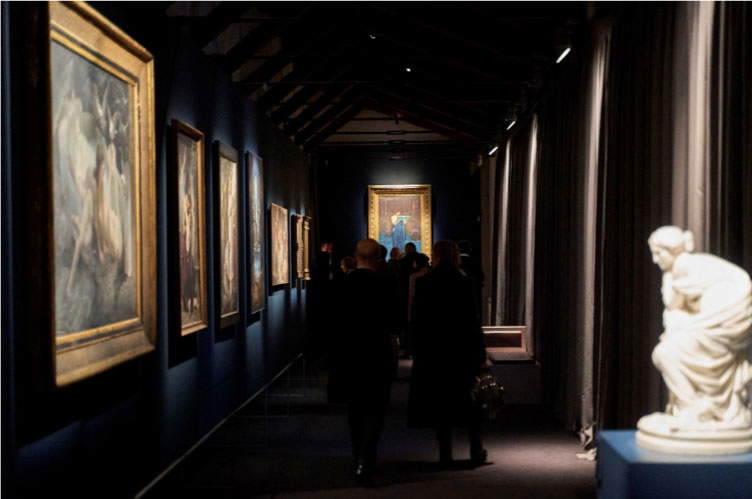 |
| Hall of the exhibition Ulysses. Larte and Myth in Forli, San Domenico Museums, Feb. 15 to June 21, 2020 |
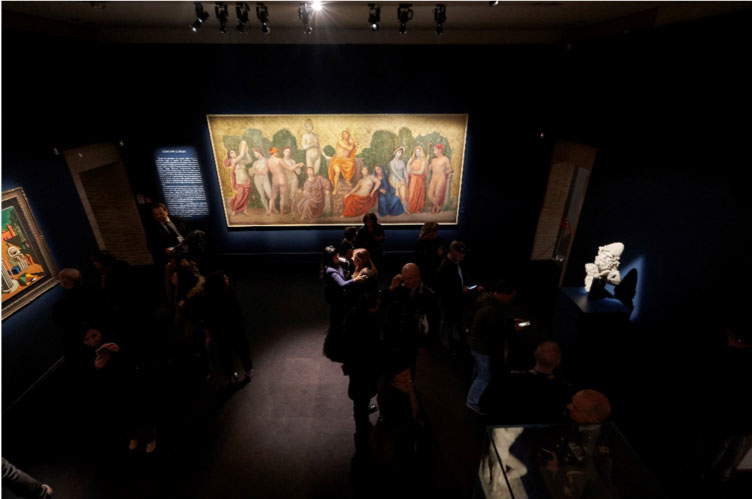 |
| Exhibition Hall Ulysses. Larte and myth in Forlì, Musei San Domenico, Feb. 15 to June 21, 2020 |
 |
| The Greek ship from Gela, part of the exhibition itinerary |
 |
| Roman art, Venus callipigia (1st century AD, copy from 2nd-century BC Greek original; marble, height 165 cm; Naples, National Archaeological Museum) |
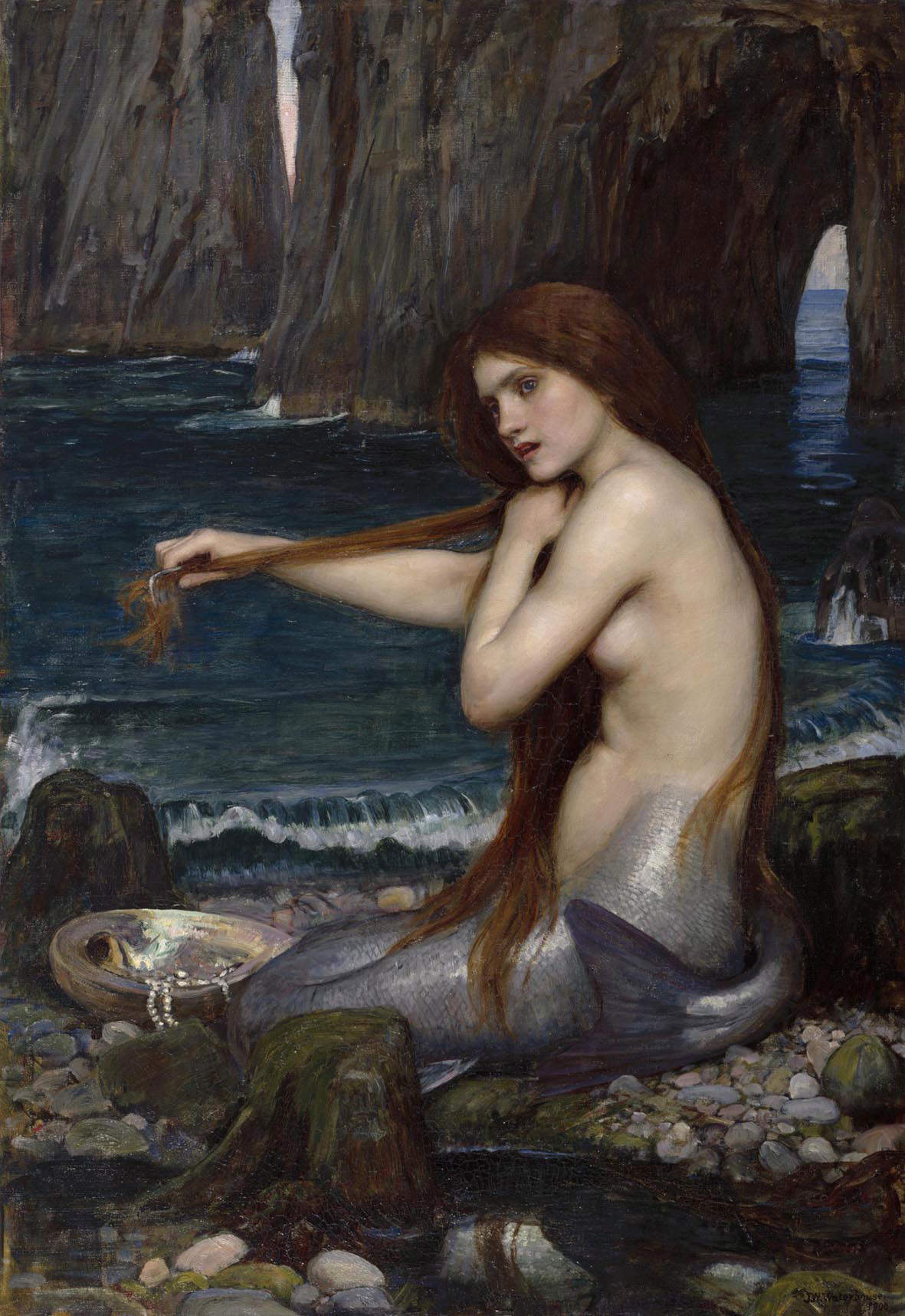 |
| John William Waterhouse, Siren (1900; oil on canvas, 81 x 53 cm; London, Royal Academy of Fine Arts) |
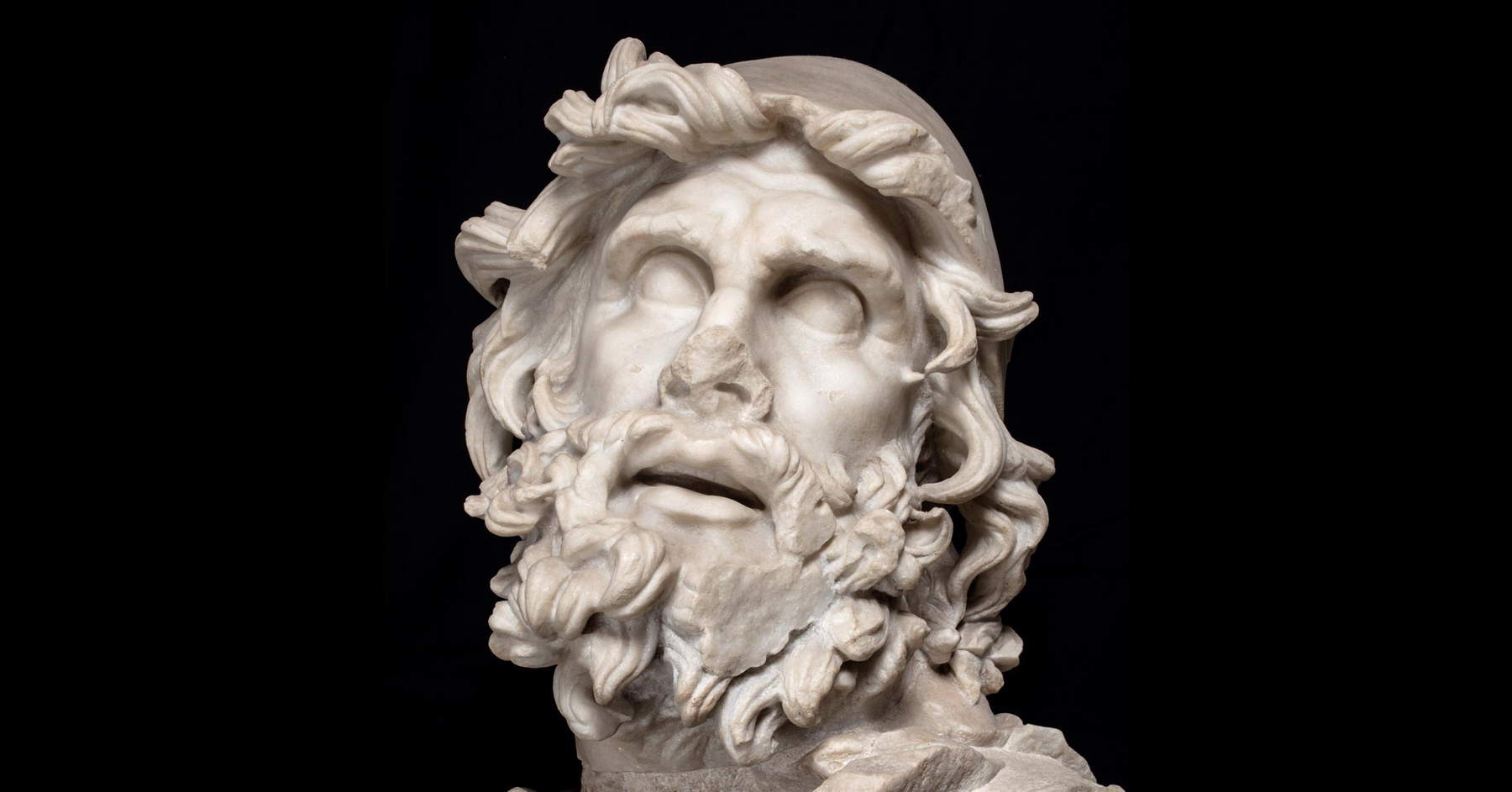 |
| Roman art, Ulysses (1st cent. AD; marble, 39 x 47 cm; Sperlonga, Museo Archeologico Nazionale) |
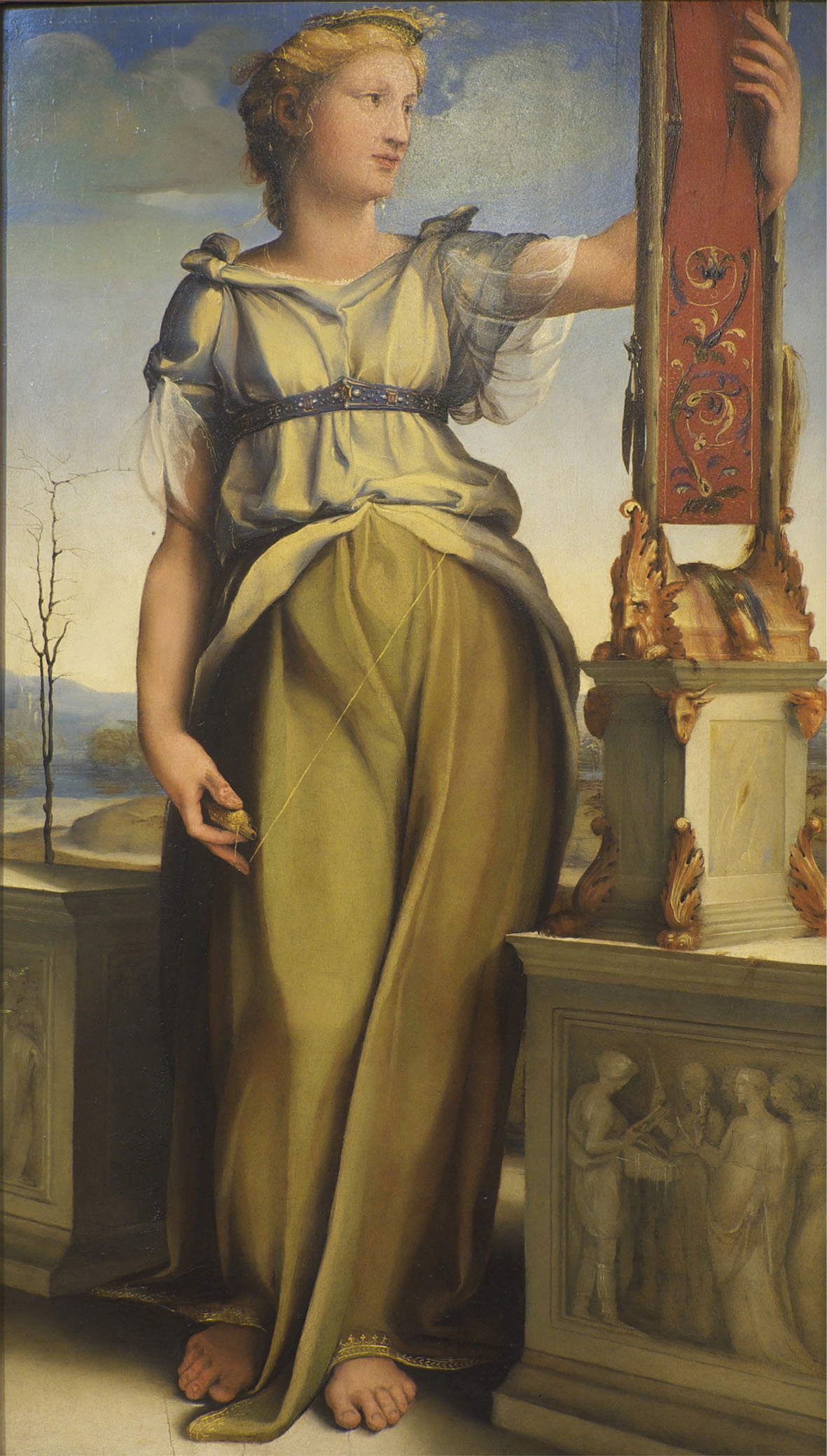 |
| Domenico Beccafumi, Penelope (1519; oil on panel, 84 x 48 cm; Venice, Pinacoteca Manfrediniana del Seminario Patriarcale) |
 |
| Lèon Belly, Les Sirènes (1867; oil on canvas, 363 x 300 cm; Saint-Omer, Musée de lhôtel Sandelin) |
Warning: the translation into English of the original Italian article was created using automatic tools. We undertake to review all articles, but we do not guarantee the total absence of inaccuracies in the translation due to the program. You can find the original by clicking on the ITA button. If you find any mistake,please contact us.